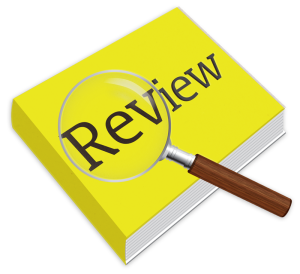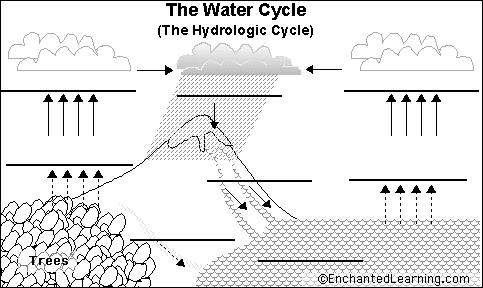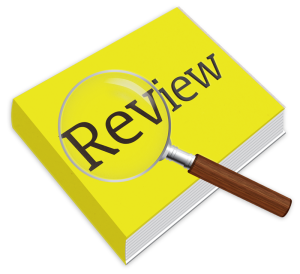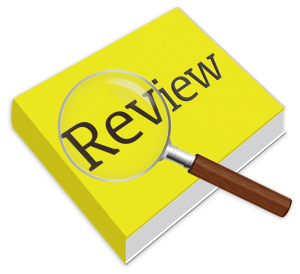Lesson 1: What are Rivers?
|
Using the template and the slideshare below - label all the major areas in a river.
| |||||||||||||||||||||
|
Using Plickers review some of the words and ideas learnt.
|
Lesson 2: The Water Cycle
Lesson 3: Meanders and Oxbow lakes
|
Complete the major river worksheet below. Glue it into your notebook.
| |||||||
| Meanders and Ox-Bow lakes | |
| File Size: | 14853 kb |
| File Type: | pptx |
The formation of a Meander & Oxbox lake
|
|
|
|
Lesson 4: From Source to Mouth - River Severn
|
Using the worksheet and YouTube answer the questions
| |||||||||||||
|
Complete the Quizizz review
|
Lesson 5: River Floods
|
Group Project:
Your task is to research and create a collage poster that is informing people about floods. It should cover:
|
Some sources for you to use
Using the Geog.1 Textbook study the section on floods.
|
| |||||||||||||
Lesson 6&7: Creating a case study
|
Watch the first 10 minutes of the following documentary as an introduction to the Amazon River
Case Study: Amazon River
Your task will be to research the Amazon River and to answer the following questions as a case study report. The maximum length should be 2 sides of A4 paper. The case study report should be done using computers and then printed.
REMEMBER: Alway in a case study use short sentences or bulletpoints NOT paragraphs. Include images and maps when needed. |























